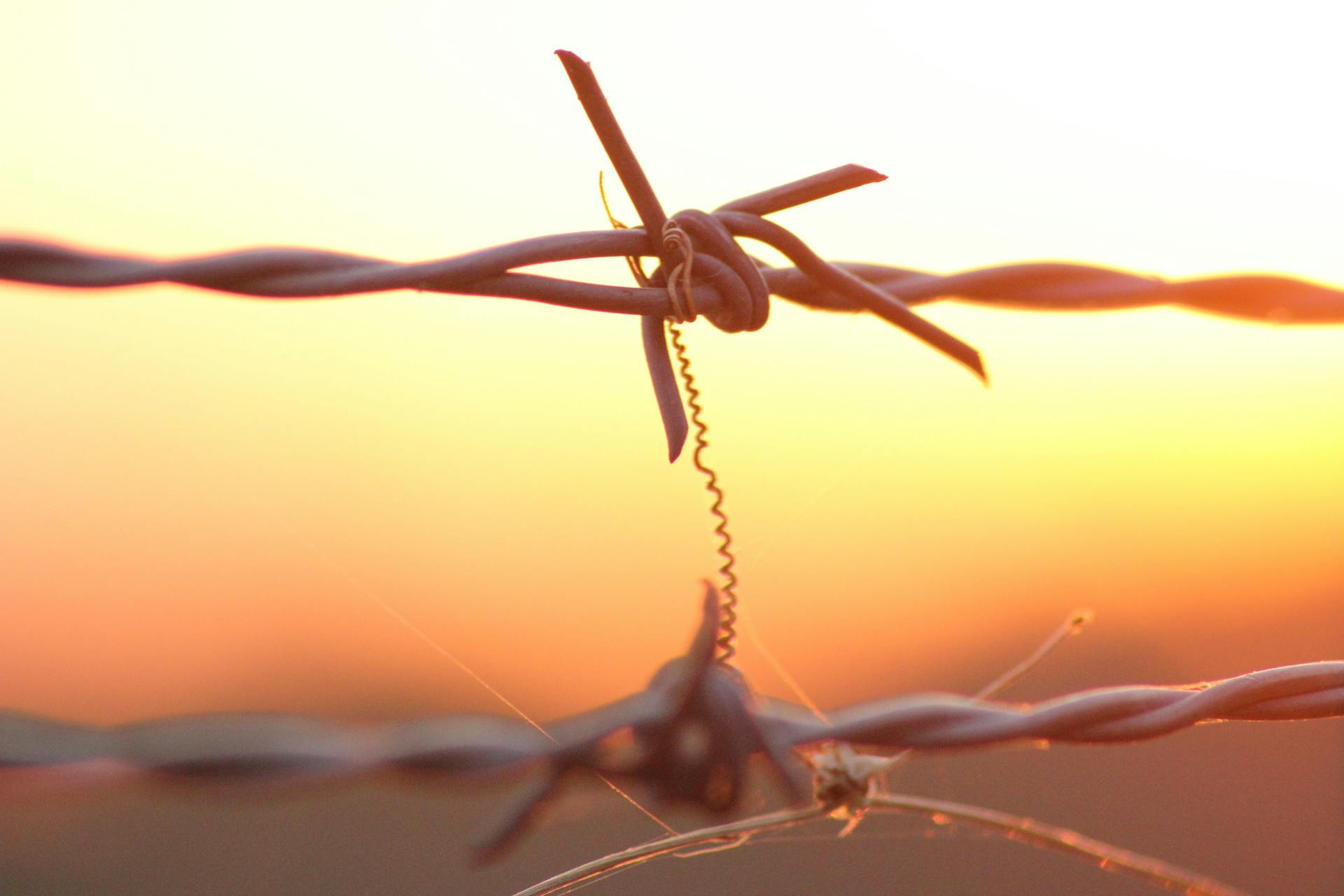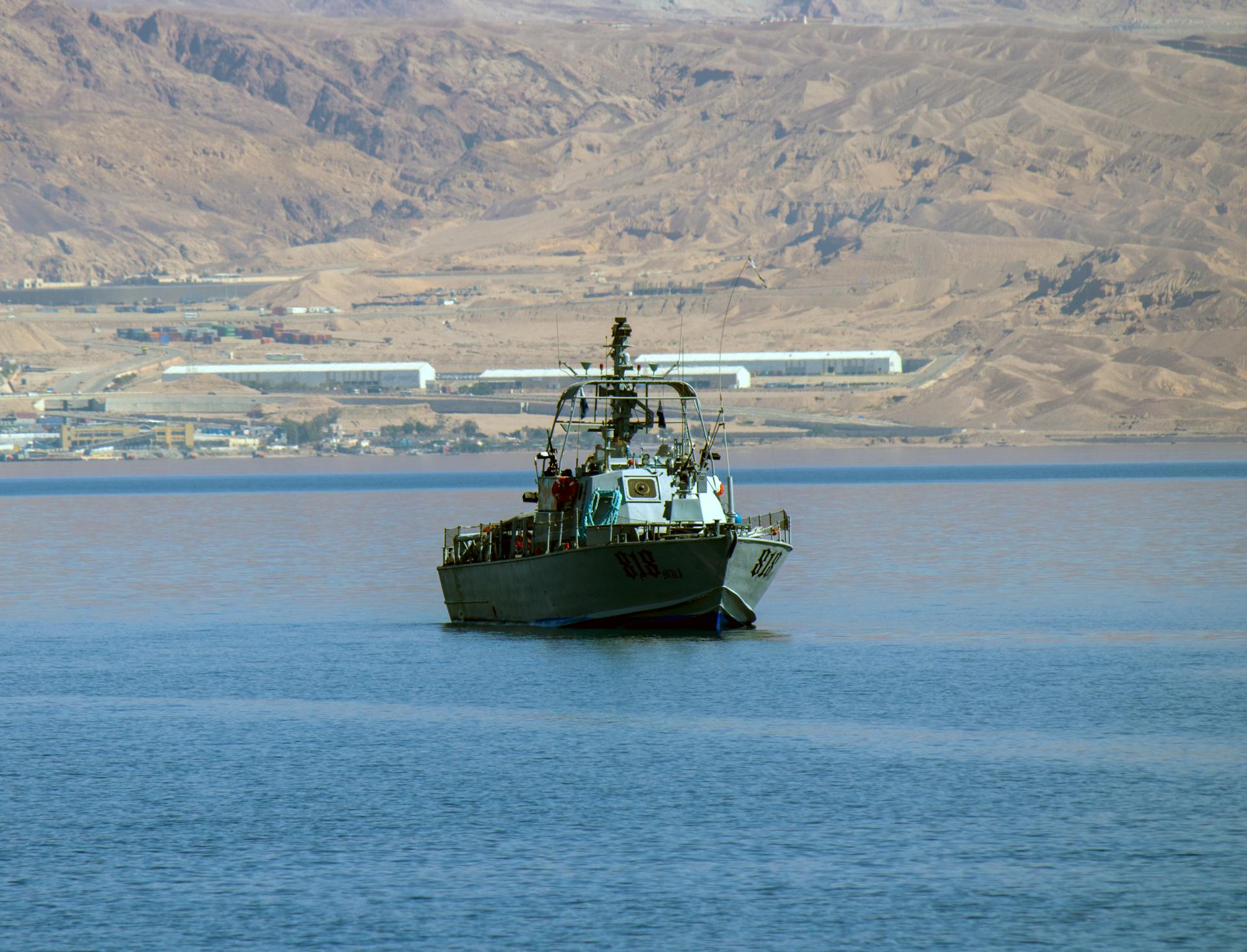
Canada is taking steps to increase border security following tariff threats from the United States. The country's government has announced plans to invest in new surveillance technology and hire more border agents.
This move is a direct response to US President Donald Trump's threat to impose tariffs on Canadian aluminum and steel exports. The tariffs would significantly impact Canada's economy, particularly the aluminum and steel industries.
Canada's government has stated that the increased border security measures are necessary to protect the country's sovereignty and economy. The measures are also intended to prevent any potential smuggling or trade disruptions.
The increased border security will focus on high-risk areas and routes, such as the Canada-US border crossing in Windsor, Ontario. This strategic approach will allow border agents to focus on areas where the risk of smuggling or trade disruptions is highest.
Canada's Response to Tariff Threats
The RCMP has deployed helicopters to patrol the Canada-U.S. border in response to tariff threats from the U.S. President.
These helicopters will monitor all illegal border activity, including crossings between ports of entry and criminal networks involved in smuggling.
The increased enforcement comes as a result of Ottawa's commitment to $1.3 billion in border security investments, which includes surveillance drones and new monitoring technology.
Broader Border Security Measures
Canada is taking a multi-faceted approach to strengthen its border security in response to tariff threats from President Trump. The government has committed $1.3 billion to fund various initiatives, including the deployment of Black Hawk helicopters to remote border areas.
These helicopters will allow teams to respond more quickly to border crossings, particularly in areas where extreme weather and rugged terrain make it difficult to access. The RCMP has started leasing Black Hawks for immediate deployment, and they will be used to monitor all illegal border activity.
Canada's finance minister has pledged to devote $1.3 billion to the plan, which will also include investments in surveillance drones and new monitoring technology. The five pillars of the plan cover the disruption of the fentanyl trade, new tools for law enforcement, enhanced coordination with US law enforcement, increased information sharing, and limiting traffic at the border.
A joint "strike force" will be established to target transnational organized crime, and the Canada Border Service Agency will receive funds to train new dog teams to find illegal drugs. The government is also investing in new detection tools for high-risk ports of entry.
Here are some key aspects of the broader border security measures:
- Surveillance towers will be installed to monitor the border.
- Drones will be used to detect and track suspicious activity.
- The RCMP will deploy more officers to coordinate with Integrated Border Enforcement Teams on the ground.
- The Sûreté du Québec (SQ) will send more officers to the US to help fight organized crime near the border.
- The SQ will also receive additional resources to crack down on gun smuggling into Canada.
Overall, Canada's approach to border security is focused on disrupting the flow of illegal drugs, irregular migrants, and organized crime.
Breaking News
Canada is taking steps to increase border security following tariff threats from the US. The government will send nearly 10,000 frontline personnel to the border, but no Canadian Armed Forces members will be deployed.
The Canadian government has ruled out deploying troops to the border, calling it "entirely inappropriate." This decision was made in negotiations with the US, where Mexico agreed to send 10,000 Mexican Armed Forces members to the US-Mexico border.
The RCMP will receive support from the Canadian Armed Forces in terms of logistics and surveillance at the border. This support will be crucial in enforcing border security.
The Canadian government is also considering non-tariff measures in response to the US tariff threats. This could include ending partnerships with US firms.
Frequently Asked Questions
Why is the US putting tariffs on Canada?
The US is imposing tariffs on Canada due to concerns about national security and public health risks from unchecked drug trafficking. This measure is part of a broader effort to address these threats under the International Emergency Economic Powers Act (IEEPA).
What is the 25 tariff in Canada?
Canada imposed a 25% tariff on $30 billion in U.S. goods, including spirits, appliances, and more, in response to U.S. tariffs. This tariff was implemented on March 4 as part of a trade dispute between the two countries.
Sources
- https://www.bbc.com/news/articles/czx5p41696po
- https://policyoptions.irpp.org/magazines/january-2025/trump-tariff-response/
- https://san.com/cc/canada-adds-black-hawks-to-secure-border-after-trumps-tariff-threats/
- https://globalnews.ca/news/11005951/donald-trump-tariffs-bill-blair/
- https://www.cbc.ca/news/canada/montreal/quebec-border-security-increase-1.7430737
Featured Images: pexels.com


